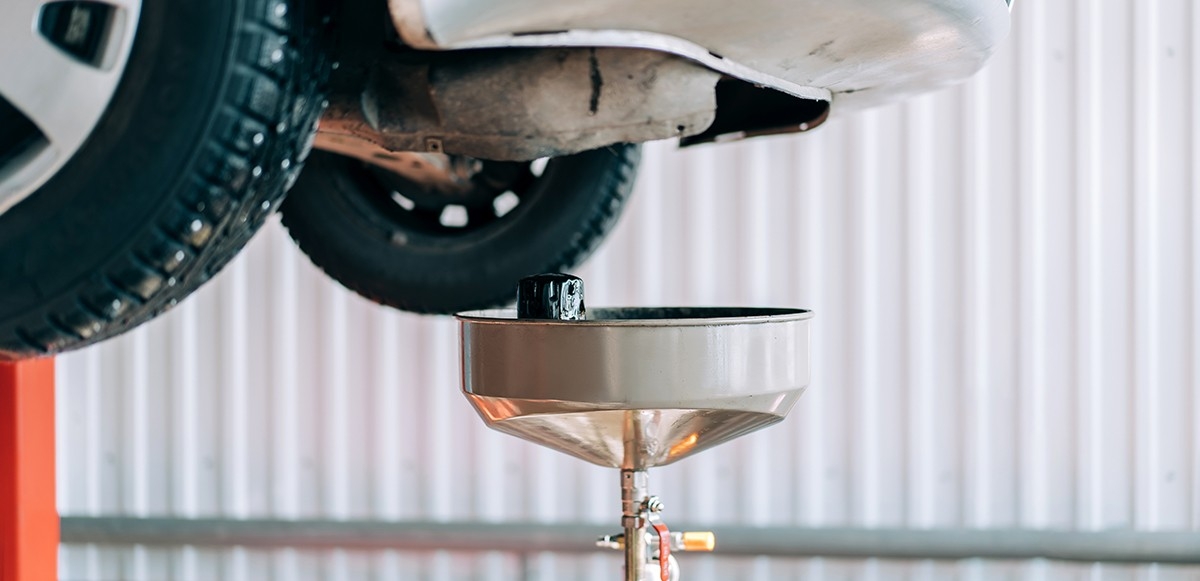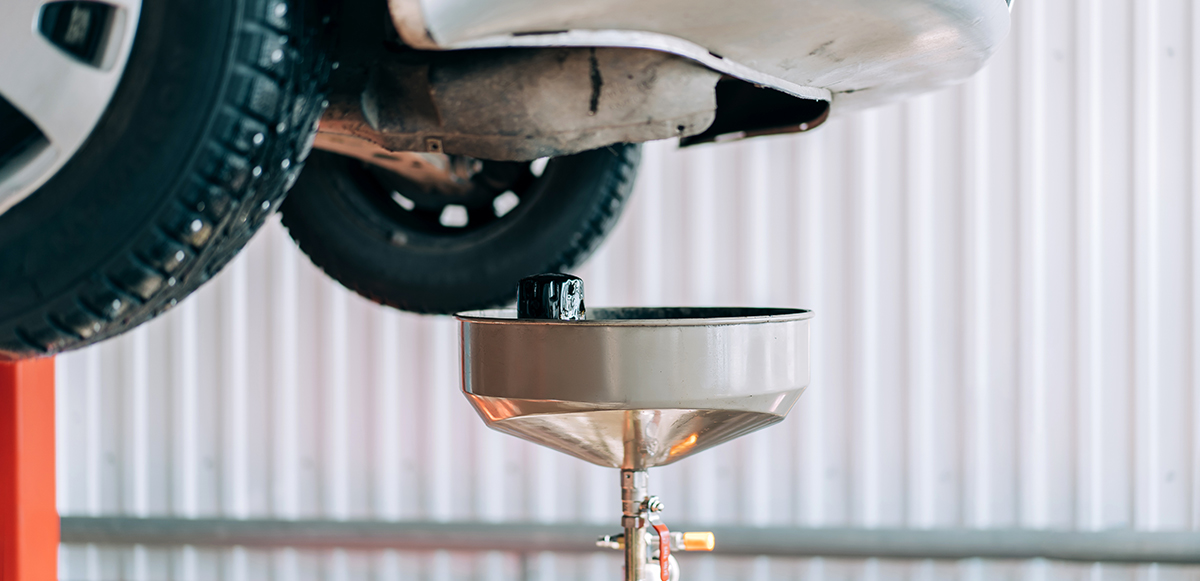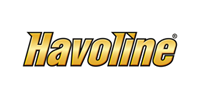The Smarter Way to Extend Oil Drain Intervals: Save More, Waste Less, Perform Better


For fleet managers, maintenance professionals, and equipment operators, managing oil drain intervals is not just about maintenance—it’s about economics, uptime, and sustainability. Extending oil drains intelligently is one of the most cost-effective and resource-conscious strategies you can employ. But doing it safely requires data, context, and continuous monitoring.
In this blog, we’ll explore what influences oil drain intervals, how different operating conditions accelerate oil degradation, and how oil analysis can be used to unlock longer oil life without compromising performance or protection.
Why Extend Oil Drains?
Changing oil too soon means discarding usable lubricant—and money—with every service. Changing too late risks damaging vital components. The sweet spot lies in understanding your oil’s true condition, not just its time or mileage.When done correctly, extending oil drains results in:
- Reduced oil and filter consumption
- Decrease in new lubrication costs
- Decreased maintenance labor and downtime
- Extended engine life and reliability
- Improved sustainability by reducing oil waste
To realize these benefits, however, you need to assess your equipment’s specific needs and operating environment.
Factors That Influence Oil Drain Intervals
Oil life isn’t determined by time or distance alone. It’s shaped by a combination of chemical, mechanical, and environmental factors. Understanding what impacts lubricant degradation is essential to making data-driven decisions.
1. Operating Conditions
Driving or equipment usage patterns have a direct effect on oil degradation:
- Heavy Loads can increase combustion temperatures and stress the engine, accelerating oxidation.
- Stop-and-Go Driving: Frequent short trips prevent oil from reaching optimal temperature, leading to moisture buildup.
- Extended Idling: A common issue in fleet and construction equipment, idling can lead to soot formation, fuel dilution and incomplete combustion byproducts.
- High Dust Environments: Off-road, construction, or agricultural machinery may intake dust and particulates that overwhelm filtration and may contaminate lubricant without proper air filtration.
- Extreme Climates: Without proper selection of lubricant viscosity, a very cold starts or hot ambient temperatures alter oil viscosity, impacting lubrication and higher risk of increasing wear.
2. Engine Type and Age
High-performance or turbocharged engines often require more frequent oil changes due to increased operating temperatures. Older engines with worn components may also contaminate oil more quickly through blow-by gases or increased oil consumption.
3. Fuel Type and Quality
Poor-quality fuel or high sulfur content contributes to acid formation, soot, and nitration, which degrades the oil faster.
4. Lubricant Selection
Not all oils are created equal. The quality and formulation of your lubricant—whether synthetic, mineral, or blended—greatly affects its thermal stability, oxidation resistance, and additive longevity. Choosing a high-performance oil designed for extended intervals is the first step.
Following OEM Guidelines while Going Beyond
Original Equipment Manufacturers (OEMs) provide drain interval recommendations based on standard usage scenarios. However, they can’t account for your specific operating environment, load conditions, or fuel quality. This is where oil analysis becomes your most valuable tool.
Using Oil Analysis to Determine Real Drain Intervals
Routine oil testing helps identify whether your lubricant is still performing, or if it's compromised. By tracking specific Key Performance Indicators (KPIs), you can extend drain intervals with confidence:
- Acid Number (AN): Measures the buildup of acidic byproducts. Rising AN values indicate oil oxidation.
- Base Number (BN): Indicates the reserve level of alkaline additives (detergents, dispersants). A declining BN shows the oil’s reduced ability to neutralize acids.
- Oxidation and Nitration: Show oil degradation and contamination from fuel combustion.
- Viscosity: Should remain within the OEM-specified range. A change can indicate thermal breakdown or contamination.
- Contamination Levels: Includes dirt, water, coolant, fuel, and wear metals—all of which reduce oil effectiveness.
- Extend oil life based on scientific data
- Detect early warning signs of wear or contamination
- Prevent unnecessary maintenance
- Increase asset reliability and reduce unplanned downtime
Making the Most of Oil Analysis Reports
Tools like POLARIS Laboratories’ HORIZON® system generate detailed oil sample reports, including trend graphs, contaminant levels, and expert recommendations. These reports help user:
- Track component history and identify wear patterns
- Compare multiple samples across time and equipment
- View recommended actions based on lab findings
- Set benchmarks for safe drain intervals across a fleet
For example, a report may highlight elevated nitration and fuel dilution in a natural gas engine, prompting action before the lubricant fails.
Training and Practical Experience Matter Understanding how to interpret oil analysis is as important as the analysis itself. Hands-on training helps maintenance teams become proactive instead of reactive. Teams that understand what KPIs mean—and how to respond—are more equipped to make data-backed decisions about when and how long to extend drains.
Conclusion: Don’t Guess. Analyze. Extending oil drains is a balancing act of performance, economics, and equipment health. By taking into account the many factors that affect oil degradation—including driving conditions, engine stress, and oil quality—and by leveraging fluid analysis and CBM, businesses can confidently extend oil drains, cut costs, and reduce environmental waste.
Oil life isn’t about how far you’ve driven—it’s about how well you know your oil.





























